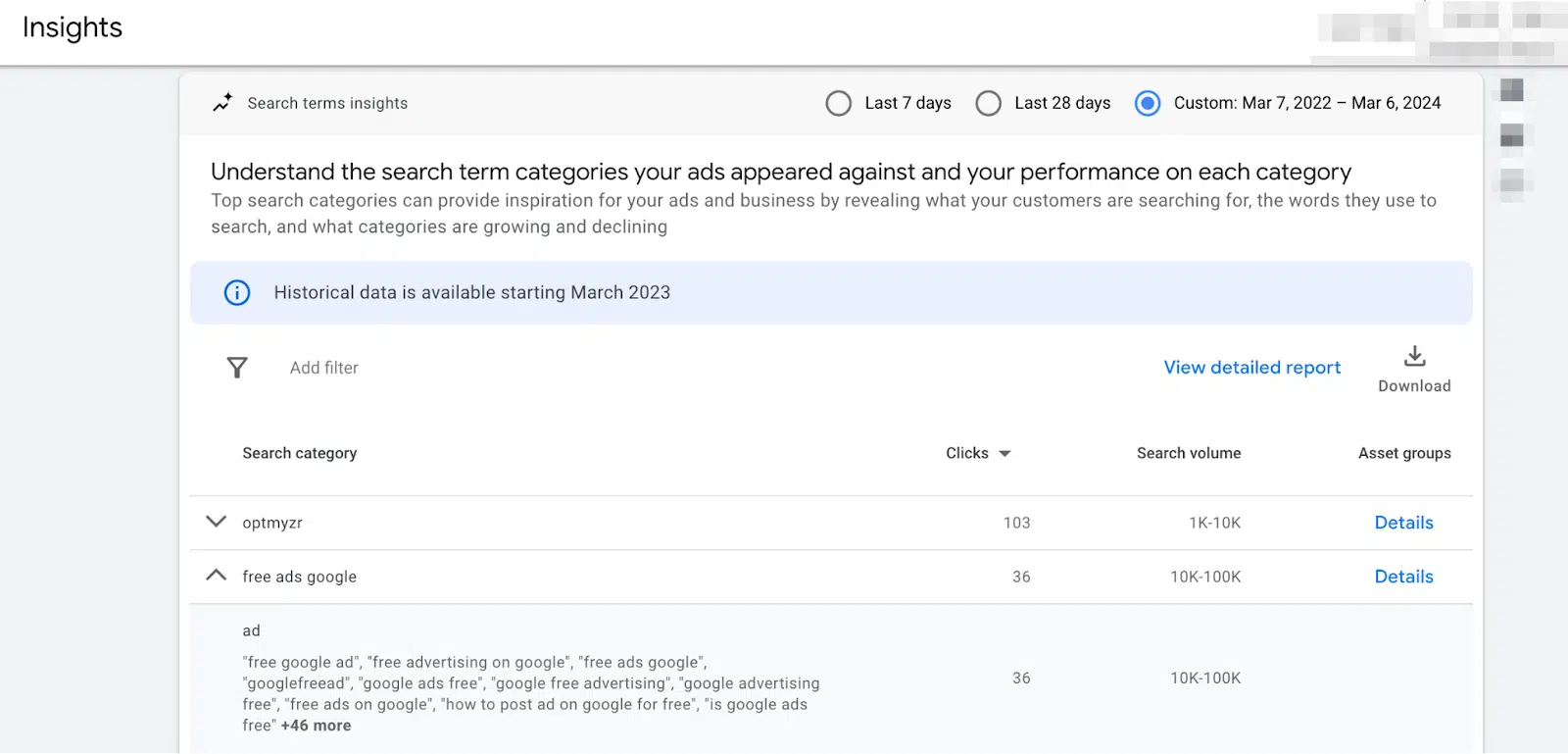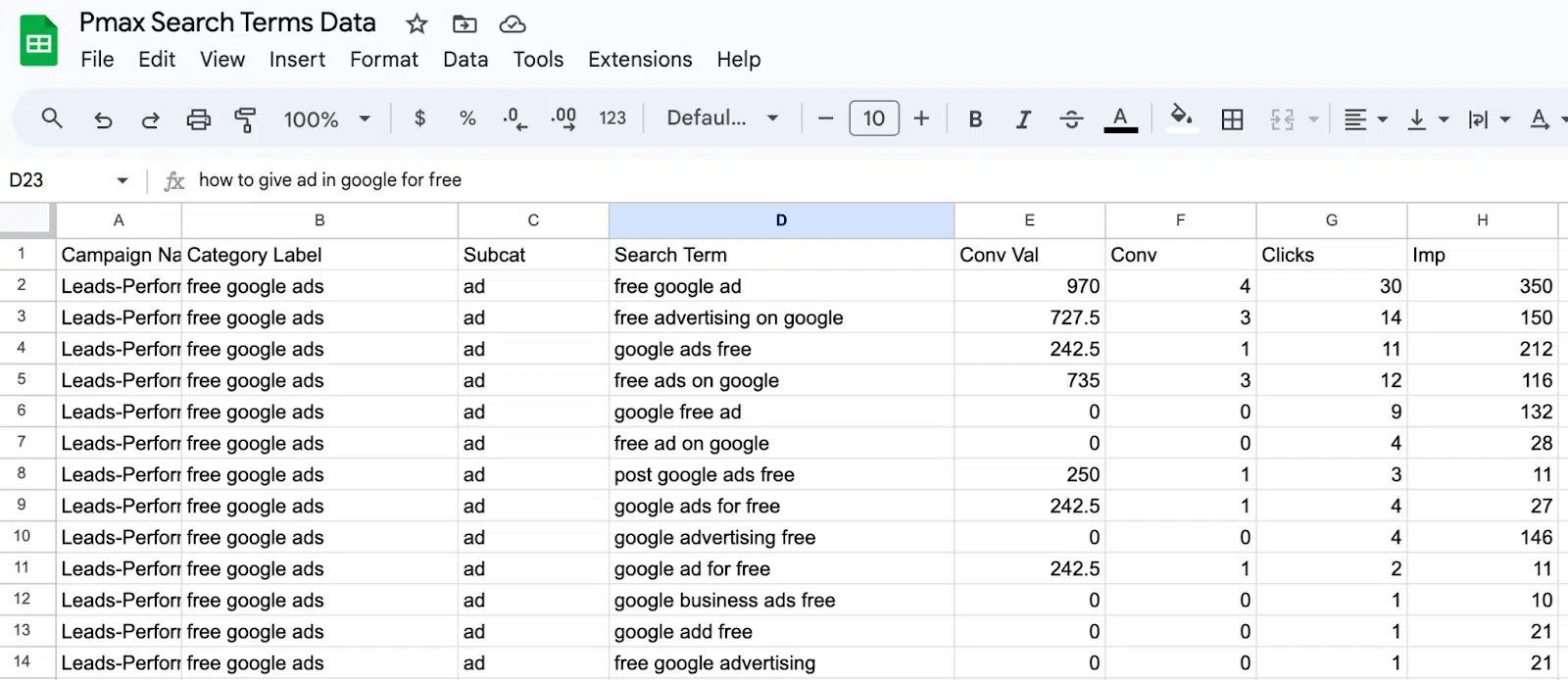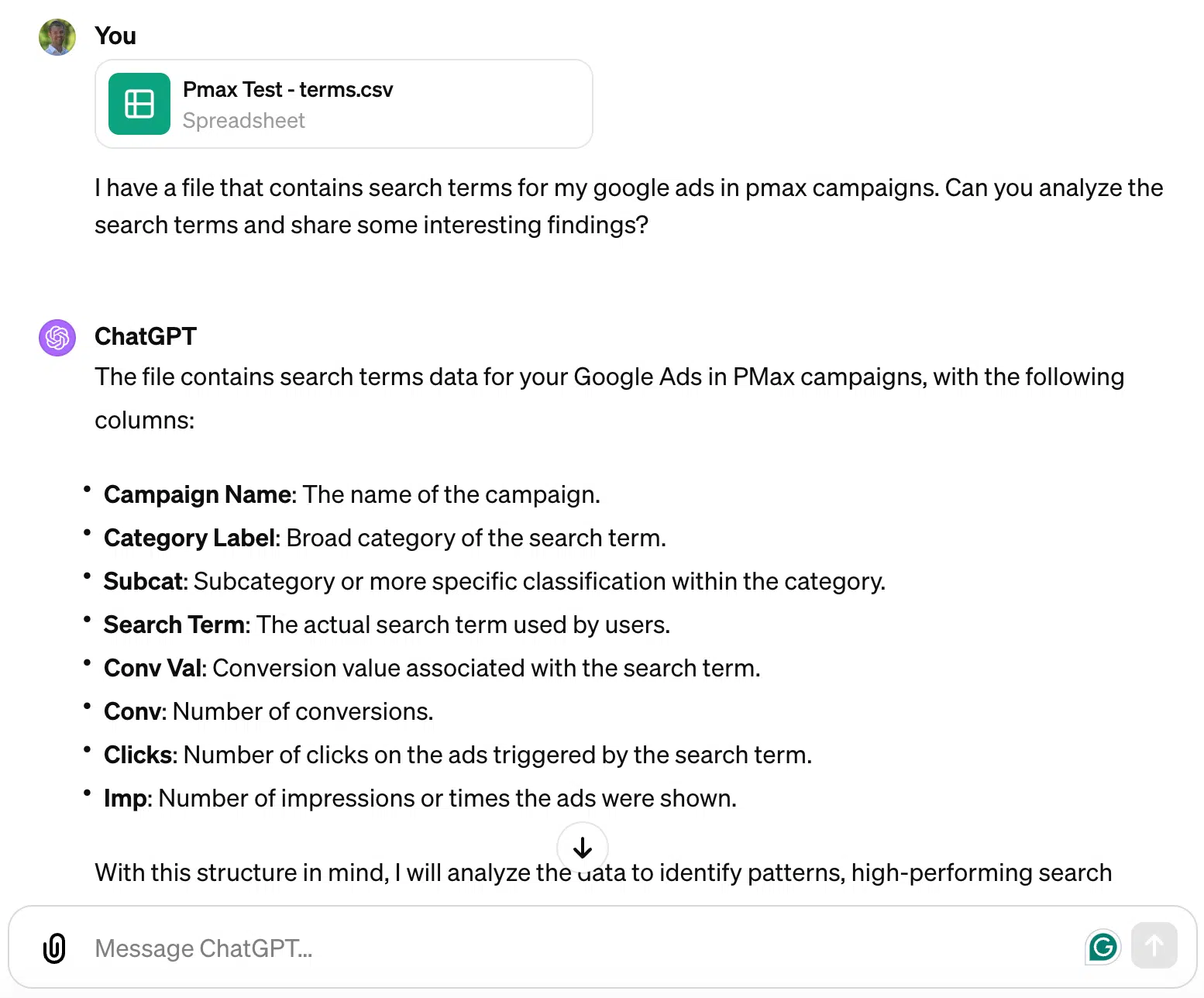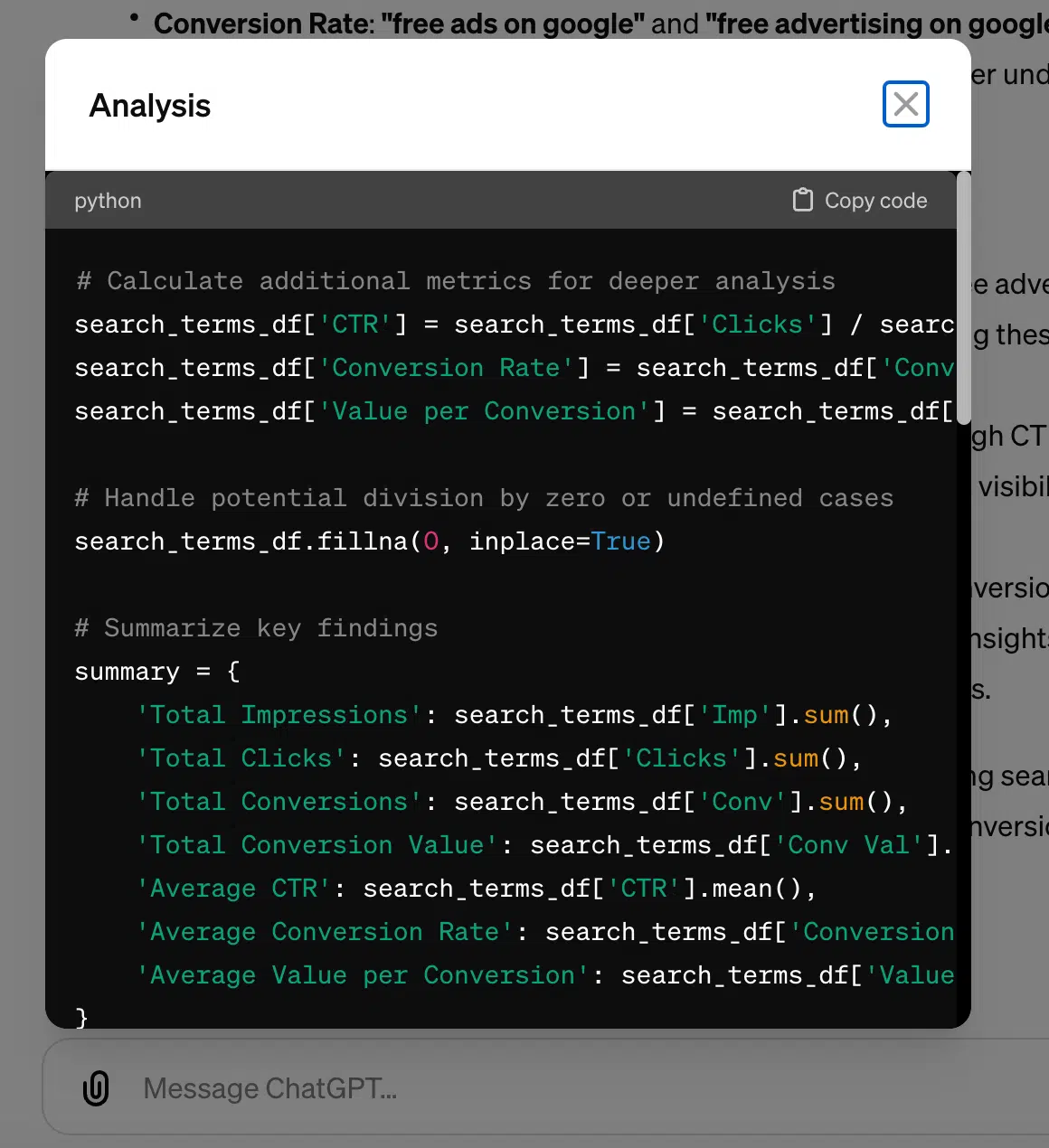[ad_1]
Performance Max campaigns have become incredibly popular among PPC advertisers for their automation and simplicity. However, one consistent pain point is the lack of visibility in searches that trigger ads. Without this data optimize Performance Max campaigns have remained limited.
Relief seemed at hand when Google released the campaign_search_term_insight report, which contains a field with the search term. Script developers, including myself, immediately built scripts and automations using this new search term data for Performance Max campaigns.
Despite what many published scripts claimed, none contained search term data; instead, they were limited to category labels. This was due to a persistent error in the Google reports refusing to include the search term data.
Thanks to Mike Rhodes for following the Google reports and letting us know that the bug was recently fixed. Now that search term data is finally available in scripts, I’ll explain how to access query data, analyze it to find optimization opportunities, and take action on the findings.
What data is available now?
In February 2023, Google introduced a new insights report exclusively for displaying Performance Max search term data. This report provides insight into:
- The actual searches for which your ads appeared.
- Search categories in which searches are grouped.
- Clicks, impressions and other performance metrics.
It does not provide insight into the costs. However, having the search terms and clicks is a huge step forward.
Access to the data
There are a few ways you can access the new Search Insights report for maximum performance:
- Directly in the Google Ads interface below Insights on the campaign page.
- Via the Google Ads API.
- Using a Google Ads script that uses the API report.


The advantage of using a script is that the data can be automatically placed into a spreadsheet, making manipulation and analysis easier.
I created a script that puts the search terms into a spreadsheet. Simply go here essence URL and copy the code.
Then paste it into the Google Ads Scripts interface. The search term data for all Performance Max campaigns is then automatically pulled into a Google Sheet.
When you run the script, the data is added to a spreadsheet as follows:


Data availability is similar to that of regular query reports, with some limitations:
- The data only goes back to March 2023, when it was first released.
- Search term data may be sampled when volume is high.
However, this still provides significantly more visibility than previously available in Performance Max campaigns.
Analyzing the data
What insights can you gain now that you’ve collected the Performance Max query data into a spreadsheet? Here’s an analysis you can do:
Identify irrelevant search terms that trigger your ads.
- Find high-performing search terms that drive conversions. Look for opportunities to optimize those conditions for more volume.
- Check out search categories for additional keyword ideas that already work.
- Sort by impressions to find terms with high impressions and low clicks that could indicate poor relevance and could benefit from better ad assets like headlines and descriptions.
Essentially, you’re looking for search term patterns in the data that will inform you on how to better optimize the campaign.
Since you can’t target specific keywords in Performance Max, this isn’t about identifying strong new keywords to add. Still, you can find signals for new negatives and get ideas on how to improve ad copy or landing pages.
Get the daily newsletter marketers trust.
Use GPT-4 to analyze the data
In the year it took Google to fix the bug and get the data working, GPT has come a long way. So I downloaded the report generated by my script, uploaded the CSV to GPT-4 and asked if it could help me find optimization ideas.
I used the prompt:
- ‘I have a file of search terms for my Google ads in Performance Max campaigns. Can you analyze the search terms and share some interesting findings?”
It automatically used the openAI Code Interpreter capability to scan the file, and suggested four data segments for further investigation:
- High conversion terms: Search terms that lead to the most conversions.
- High value terms: Search terms with the highest conversion value.
- Efficiency metrics: Search terms with the best click-to-impression ratio (CTR) and conversions-to-click ratio (conversion rate).
- Category and subcategory insights: Performance trends in different categories and subcategories.


It immediately proceeded to analyze the entire data set I had uploaded. Since it used Advanced data analysis (formerly Code Interpreter), I could see the Python code it used.


Based on this, I discovered that Google was showing my ads a lot for searches related to “free advertising.” Since I can’t help with that, it gave me a good idea for a new negative keyword at the account level.
Take action
Now that you’ve analyzed the search term data for maximum performance, there are three actions I recommend:
- Add irrelevant terms as negative keywords at the account level. You can’t add negative keywords at the campaign level in Performance Max. However, adding irrelevant terms as account exclusion criteria will prevent ads from appearing for these searches across your account.
- Optimize ads and landing pages for high-performing searches. Look for themes in the search terms with high clicks and conversion rates. Then improve your ad copy, offers, and landing pages to better target these users.
- Refine audience targeting with what you learn. The searches provide insight into your ideal target group. Look for demographic or interest patterns that you can add as audience targets to your campaigns.
The script
Use Performance Max search terms to improve PPC results
The release of Performance Max search term visibility is long overdue. This data finally gives PPC advertisers more control and optimization options for automated campaigns.
As a PPC expert, make sure you take advantage of this new option right away. Follow our guidelines to access and analyze the data, then take action on the insights you learn. Over time, you’ll have a much clearer picture of who your Performance Max ads are reaching and how you can improve your message to resonate with your target audience.
The result is more relevant ads, lower costs, and most importantly, more conversions from your Performance Max campaigns.
The opinions expressed in this article are those of the guest author and not necessarily those of Search Engine Land. Staff authors are credited here.
[ad_2]



